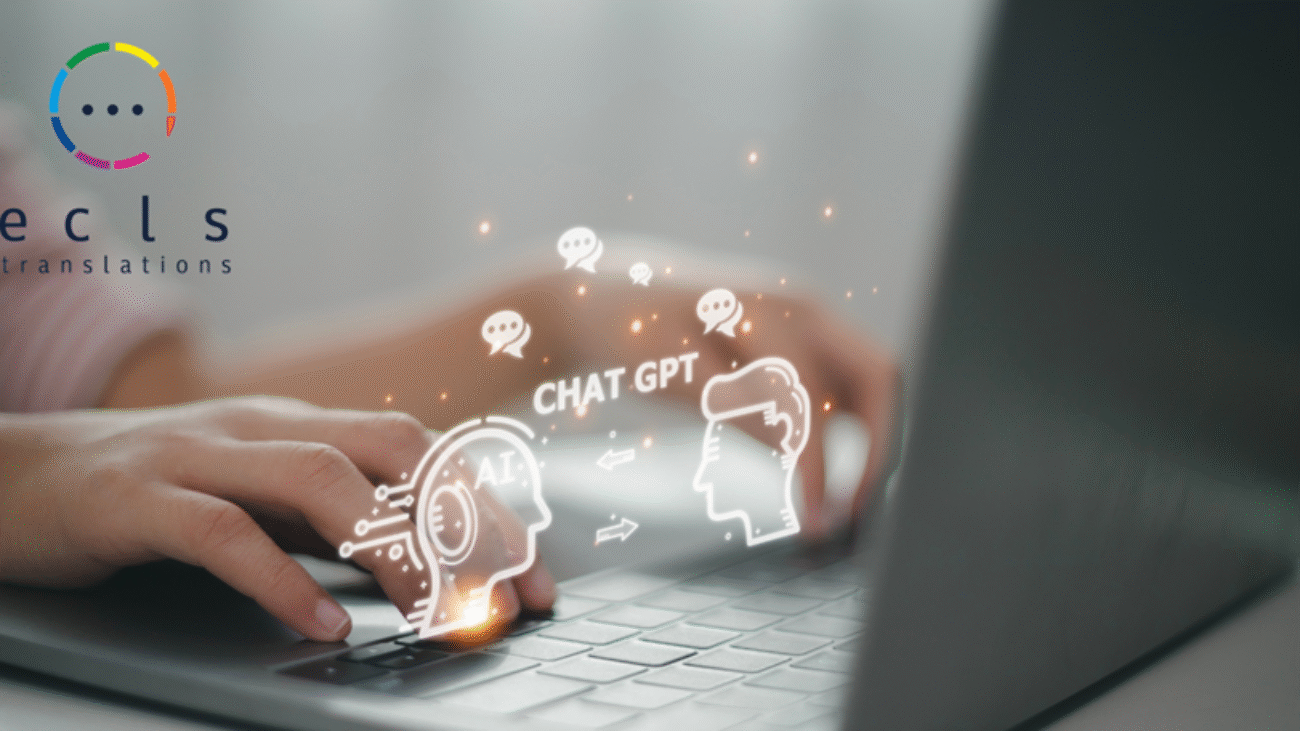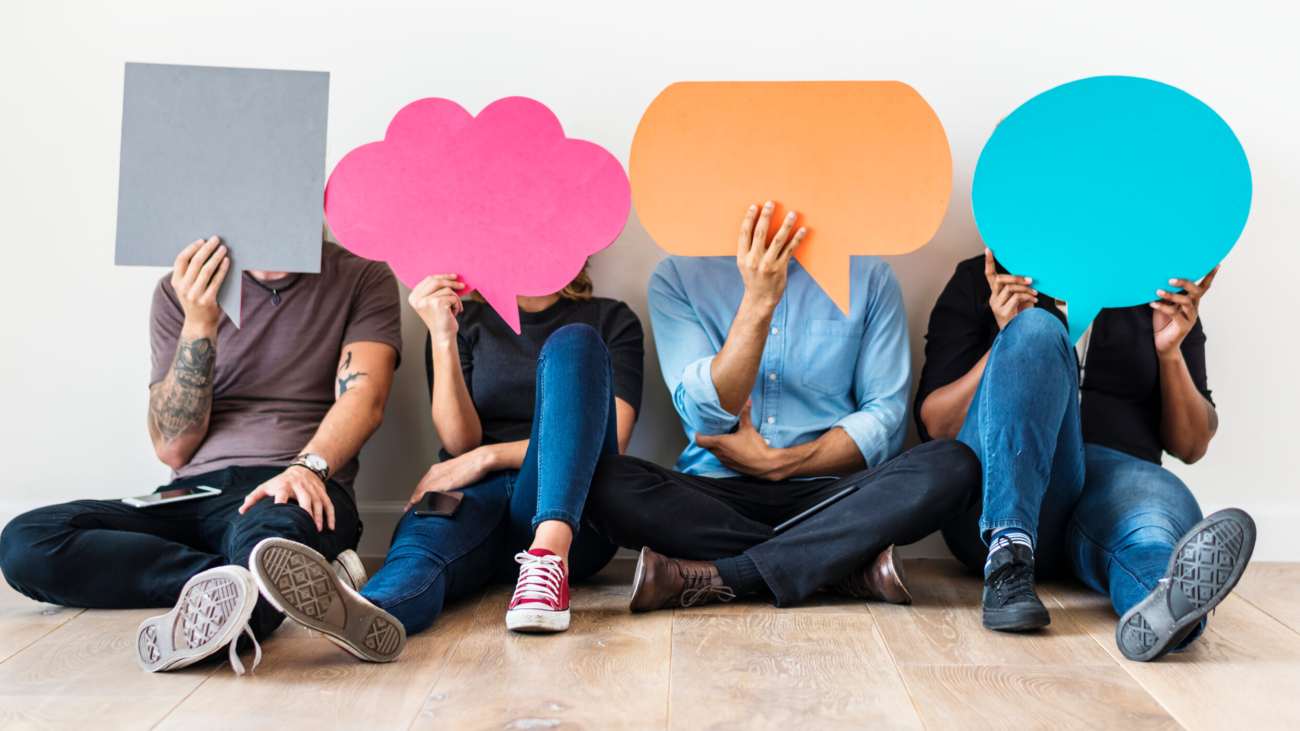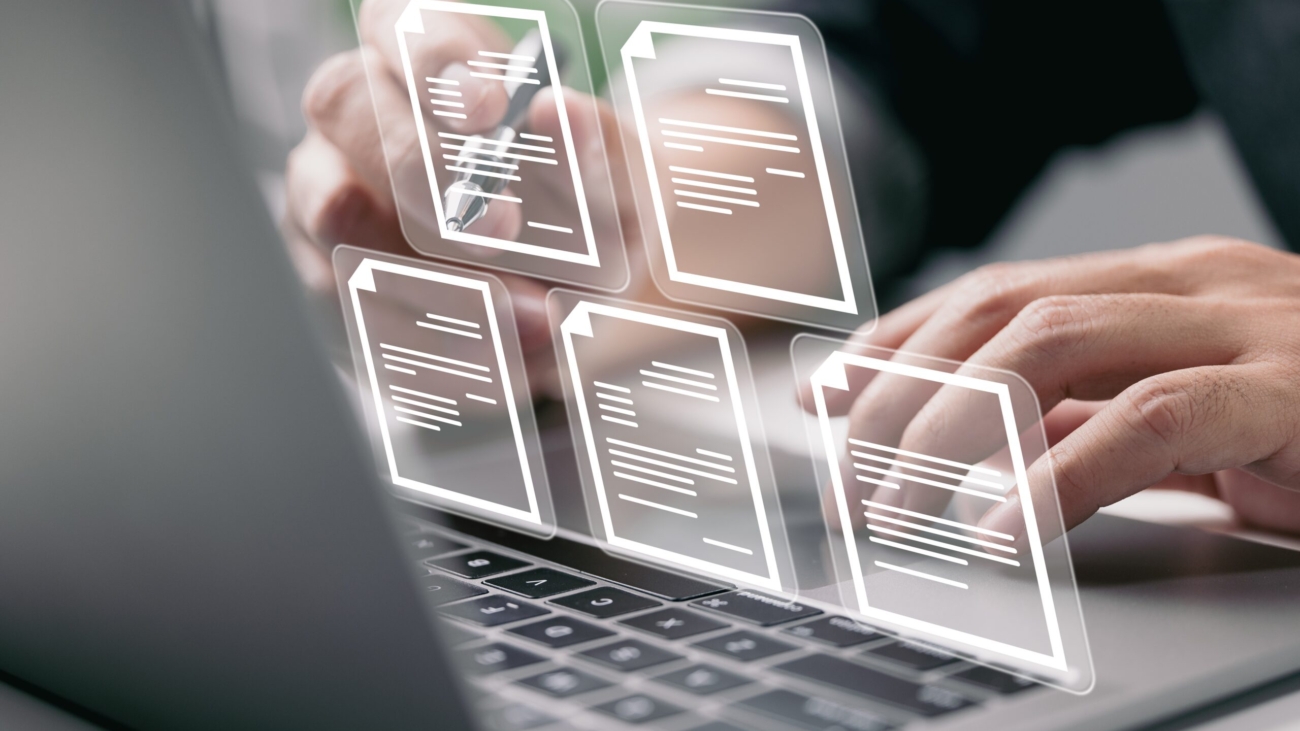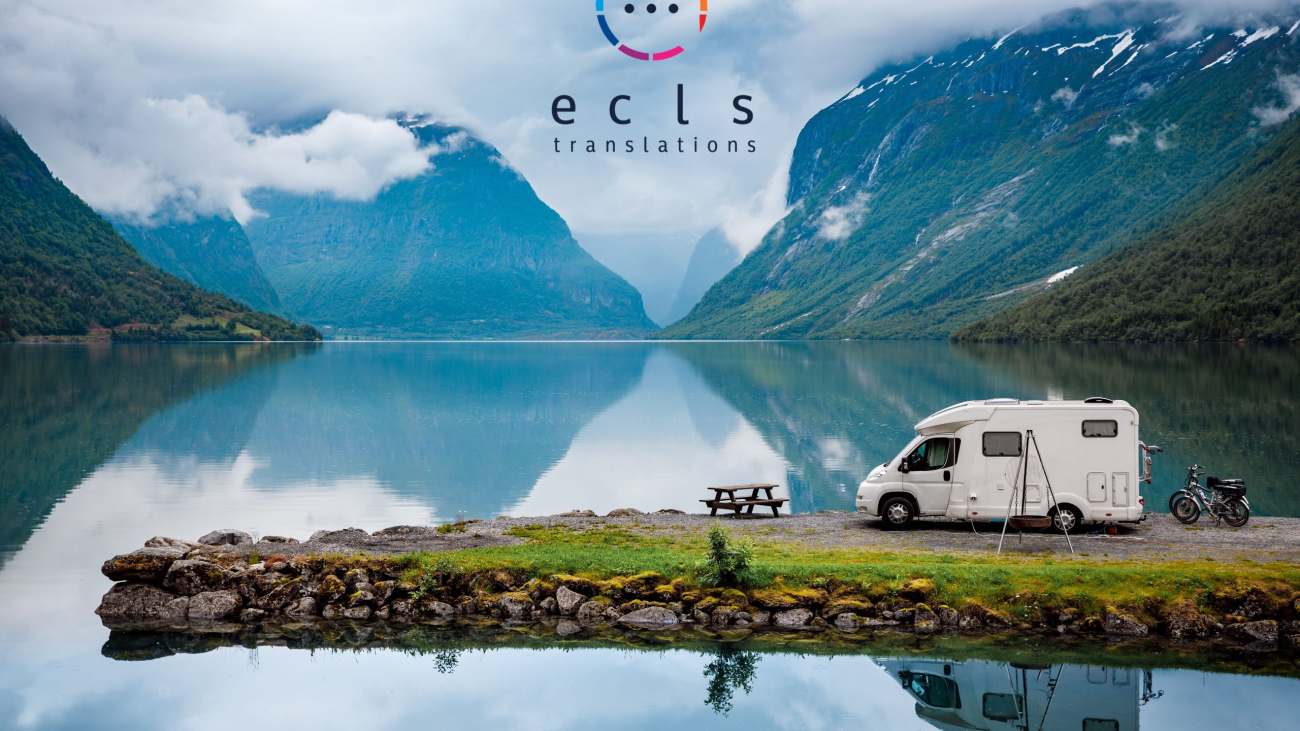Whether you’re interested in technology or not, it’s been hard to avoid hearing about ChatGPT in recent months. The AI chatbot has been all over the news and social media, leaving some people feeling anxious about the impact it will have on our jobs and education. Even key players in the AI sector called for training of AI systems to be temporarily suspended back in March of this year, arguing that they pose a threat to our society. Others, however, are embracing the technological advances that ChatGPT has to offer. Whichever side of the debate you fall on, it’s certainly an interesting topic and one that isn’t going away any time soon.
With the ability to produce text that could’ve been written by a human, it’s understandable that ChatGPT has also got the translation industry talking. We’re going to take a look at what ChatGPT is and how it’s likely to affect the translation industry in the future.
What is ChatGPT?
You’ve probably heard lots about it, but you might not be entirely sure what ChatGPT actually is. Well, ChatGPT stands for Chat Generative Pre-trained Transformer. And if that doesn’t help, it’s essentially a very advanced chatbot that uses artificial intelligence to produce human-like text. It does this by identifying patterns in huge quantities of data from sources like books, journals, websites and news articles. ChatGPT is also known as a large language model (LLM), which is basically a computerised deep-learning model that’s trained to generate text that reads as if it’s been written by a human.
You can ask ChatGPT anything you want. You can ask it to plan your next holiday for you, write a poem for your loved one or prepare your to-do list. But it’s not just trivial matters that ChatGPT deals with; it can also write computer code and essays. It doesn’t always provide the right answers though and there are certain things it can’t do. For example, it is currently limited to analysing data up to the year 2021. Users have also pointed out that it often reproduces racist bias that it finds in its source data and the technology can even ‘hallucinate’ sometimes. This term is used to describe AI giving answers that sound as if they could be correct but that are actually wrong. So, it certainly has its limitations.
Can ChatGPT produce translations?
The simple answer is yes. Currently ChatGPT is able to understand and produce text in around 95 languages, so you can certainly ask it to produce translations for you. One advantage that ChatGPT has over other online translation services, like Google Translate, is that you can provide the chatbot with more information or context to give it a helping hand to produce an accurate translation. For example, you could ask what a sentence means in a certain context or explain that what you’re trying to translate is an idiom. This should help ChatGPT to produce a more accurate translation. You can also provide more information on the style and tone you want your translation to have.
However, as mentioned previously, you can’t fully rely on ChatGPT’s output being correct. Even ChatGPT itself will tell you that the translations it generates might not be accurate and might need proofreading. Issues with its translations may be linguistic, whether it’s the grammar or vocabulary, or they may be cultural. Like other machine translation tools, ChatGPT can’t fully understand idiomatic expressions and cultural nuances yet.
How will ChatGPT affect the translation industry?
It’s still too early to say exactly how the translation industry will be affected by ChatGPT. As we’ve already explained, the quality of its output is not yet reliable enough for us to trust it to produce accurate translations. If you were to use ChatGPT to translate content that would be seen by your clients or that would appear on your website or in other publications, you would most certainly need a qualified human translator to proofread the output. ChatGPT’s linguistic knowledge is limited to the data it’s been trained on and although it certainly has access to a huge database of written texts, humans are still able to access a lot more information. For particularly niche topics, for example, ChatGPT might struggle! Similarly, translations for industries with strict regulations, such as the legal and medical sectors, would need to be adapted by professional human translators to ensure they are in line with industry standards. Another concern when relying on ChatGPT for translations relates to data security. While it does have some security measures in place, anything you enter into ChatGPT is ultimately saved by OpenAI, the company that developed ChatGPT, in order to improve its output. ChatGPT could also be susceptible to cyberattacks if hackers were able to access and edit its code.
So, with all these limitations, is there any way that ChatGPT could have a positive influence on the translation industry?
Despite the fact that large language models like ChatGPT can’t yet produce accurate translations in a range of subject areas, the translation industry is still open to embracing the technological advances it has to offer. In fact, the German Association of Professional Interpreters and Translators, the BDÜ, recently published a press release explaining that new technologies like ChatGPT are simply changing the way the translation industry operates, disputing claims that they are putting professional human translators out of work. They argue that the role of human translators is changing thanks to the huge technological developments we’ve seen in recent years and are calling for professional linguists to be compensated fairly and not burdened with unrealistic expectations, especially as the role of a translator has in some ways become more complex due to changes in technology.
The benefits of ChatGPT are likely to be similar to those of MT (machine translation) methods that are currently used in the industry. Machine translation post-editing (MTPE) is already widely used by professional translation providers. This involves a machine or piece of software producing the initial translation output and qualified human translators then adapting the output to make sure it’s suitable for use. MTPE tends to be most effective for more straightforward texts without any cultural nuances, such as technical documents. It’s also important that the source text itself is clear and free from any errors. This approach to translation combines the speed and reduced cost of machine translation with the skill and accuracy of a human translator, making it very popular within the industry. The MT output is also constantly evolving and being improved. In this sense, ChatGPT could produce lengthy translations within a short space of time, meaning that clients don’t have to wait as long to receive their final translations. Of course, time would still need to be factored in for proofreading by a professional linguist. ChatGPT might also change the current requirements of MTPE to include additional tasks such as fact checking.
Summary
While ChatGPT is not yet close to producing accurate translations that match those of professional human translators, it could still offer some benefits for the industry in terms of speed and reduced costs, especially as the software develops and becomes more advanced. It’s likely to take on a similar role to other machine translation software tools and its output will still require proofreading, editing and potentially fact-checking by a qualified human translator.




